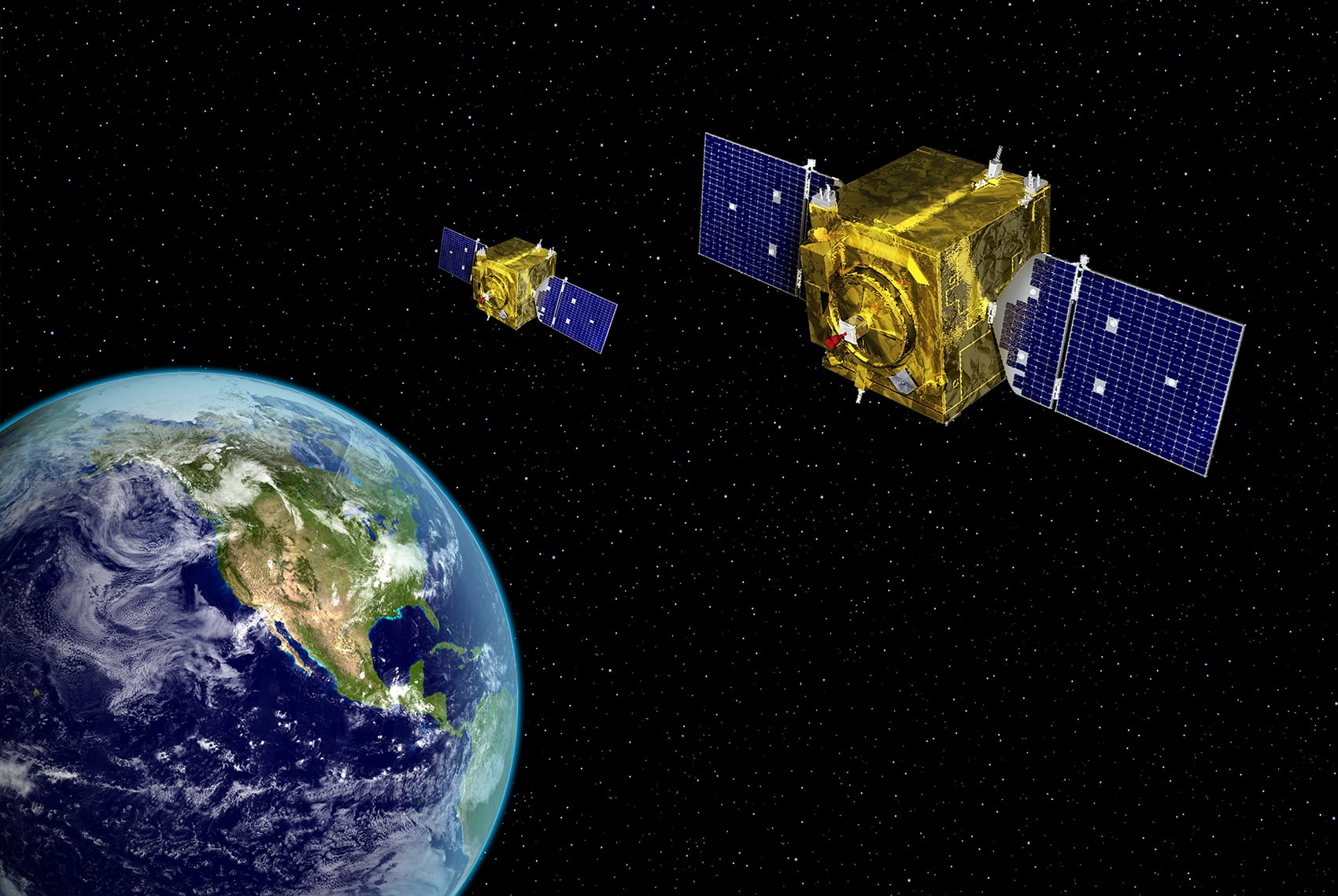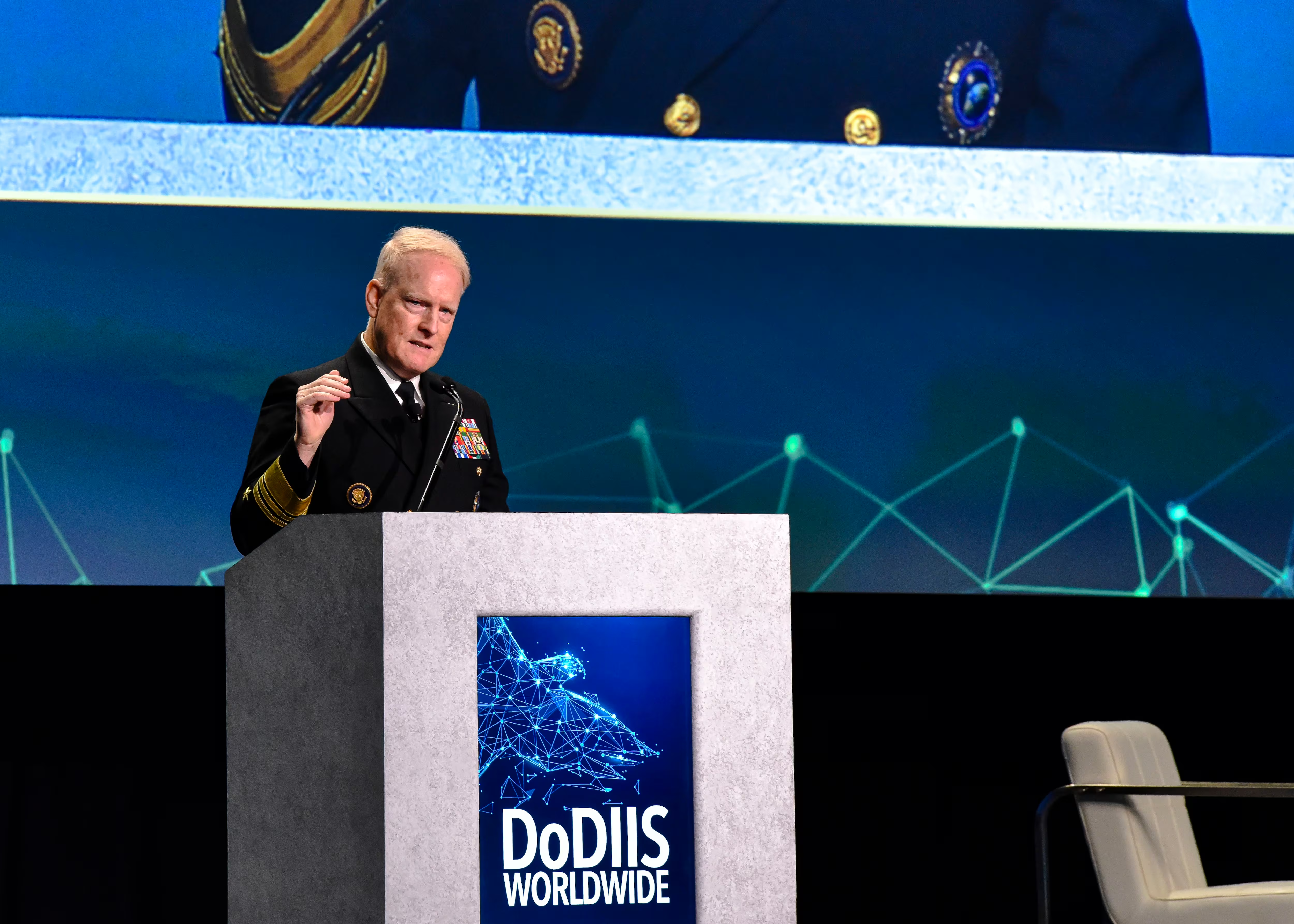COLOGNE, Germany — The German Air Force has created a formal acquisition track for passive sensing technology, joining a global military equipment trend that could reshuffle the cat-and-mouse game of radar versus stealthy aircraft.
A defense acquisition spokesman told Defense News that the service is working on an “FFF” analysis for passive sensor systems, a technical acronym from deep inside the military-acquisition bureaucracy. Short for “Fähigkeitslücke und Funktionale Forderung,” the process serves to describe a capability gap, derive requirements and eventually tee up an actual investment program.
Information about the acquisition status came in a response by the Defence Ministry to Defense News about an event in November that showed the military’s keen interest in passive radar.
The Luftwaffe and the ministry’s defense-acquisition organization had staged a weeklong “measuring campaign” in southern Germany aimed at visualizing the entire region’s air traffic through TwInvis, a passive radar system made by Hensoldt.
Queries about the results of the demonstration were left unanswered.
RELATED

Passive radar equipment computes an aerial picture by reading how civilian communications signals bounce off airborne objects. The technique works with any type of signal already present in a given airspace, including radio or television broadcasts as well as emissions from mobile phone stations. In contrast, traditional radar works by emitting radar waves and then tracking their path.
Passive radar technology is essentially covert, meaning pilots entering a monitored area may be unaware they are being tracked. That could even be the case for pilots flying stealthy aircraft like the F-35, experts say, though there is no publicly available data pitting passive radar against low-observable aircraft designs and their radiation-absorbing coatings.
With German defense officials so tight-lipped about the technology, it is difficult to discern what role the demonstration last fall played in the Luftwaffe’s thinking, especially if the event triggered the FFF phase or whether that had begun previously.
What is clear, however, is that the service is formally engaged in a technology area that could challenge existing assumptions on stealth as a key organizing principle for air warfare.
There are a number of additional applications for passive radar, including as an undetectable guidance system for missile defense or covert surveillance of borders and whatever lies beyond them, Hensoldt officials have said.
Sebastian Sprenger is associate editor for Europe at Defense News, reporting on the state of the defense market in the region, and on U.S.-Europe cooperation and multi-national investments in defense and global security. Previously he served as managing editor for Defense News. He is based in Cologne, Germany.








